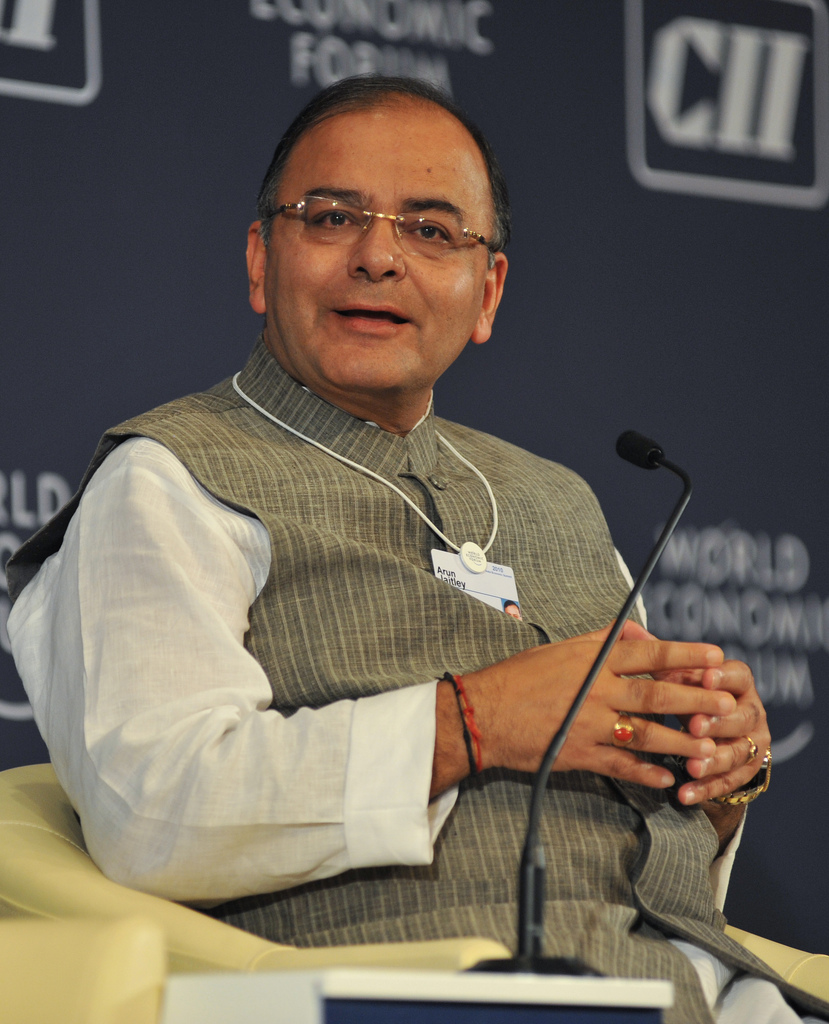
The government announced a new Swacch Bharat cess, yesterday. The cess will amount to 0.5% on all services, pushing up the rate of service tax to 14.5%, from the current 14%. The cess will come into effect from November 15, later this month.
As the press release announcing the decision said: “Swachh Bharat Cess is not another tax but a step towards involving each and every citizen in making contribution to Swachh Bharat…The proceeds from this cess will be exclusively used for Swachh Bharat initiatives.”
This decision is in continuation with something the finance minister Arun Jaitley had announced in the budget speech he made on February 28, earlier this year. As Jaitley had said on that occasion: “It is also proposed to have an enabling provision to levy Swachh Bharat Cess at a rate of 2% or less on all or certain services if need arises. This Cess will be effective from a date to be notified. Resources generated from this cess will be utilised for financing and promoting initiatives towards Swachh Bharat.”
Thankfully, the government has resisted the temptation to increase the rate of service tax by 2%, through the cess route and settled at 0.5%.
There are multiple reasons why this is a bad decision. As the press release said: “Swachh Bharat Cess is not another tax but a step towards involving each and every citizen in making contribution to Swachh Bharat.” What this clearly tells us is that the Swacch Bharat initiative is an important initiative for the government, as it should be.
And given that, it should be financed out through the primary revenues of the government and not through a cess. If the Swacch Bharat initiative is deemed to be important then it should have first claim on the revenues of the government and shouldn’t be financed through a cess.
Second, any cess essentially ends up taxing the same set of people again. Over the years, the government has made very little effort in trying to expand the tax base by simplifying the tax system as well as cracking down on a large set of Indians who do not pay any tax. The annual report of the ministry of finance for 2014-15 puts the total number of income tax assesses in 2013-2014 at 4.7 crore. These includes individuals, families, trusts and corporates. Given a population of close to 125 crore, what this clearly tells us is that not many Indians pay income tax. And this is something that government needs to improve on, instead of taxing the same base over and over again.
Third, any new tax (as a cess is) adds to the complication of the tax system and this keeps people away from paying tax. Further, in the Indian case, a cess tends to be more of a permanent nature than ad hoc as it should be.
Take the case of the education cess on income tax. It has been around for a while now raising the question that isn’t education important enough to be financed out of the primary revenues of the government.
Fourth, while the government has come up with a Swacch Bharat cess, it is wasting thousands of crore on keeping loss making public sector enterprises alive.
Let’s take the example of Mahanagar Telephone Nigam Ltd(MTNL) which offers internet and telephone services in Mumbai and Delhi.
During the course of 2014-2015(the period between April 1, 2014 and March 31, 2015) the company’s income was at Rs 3,400 crore. Its expenditure on the other hand stood at a much higher Rs 5,284 crore. The government(or rather the tax payer) bore the loss of around Rs 1,900 crore.
Or take the case of the government owned airline Air India. The company has accumulated losses of Rs 20,000 crore. The airline keeps making losses. The government keeps putting more and more money into it.
As this August 2015 news-report by PTI points out: “The Finance Ministry today sought Parliament’s nod for making an additional equity infusion into Air India worth Rs 800 crore, less than half the amount sought by the Civil Aviation Ministry for the national carrier.” Thousands of crore have already been infused into Air India. And with so much money going towards such lost causes, it is not surprising that the government has had to introduce a new Swacch Bharat cess.
Fifth, the government can easily finance Swacch Bharat by selling the shares it owns in Axis Bank, Larsen and Toubro and ITC, through the Specified Undertaking of Unit Trust of India (SUUTI). These shares as on November 6, 2015, were worth Rs 53,472 crore. Some portion of these shares can be sold every year to finance Swacch Bharat. At the end of the day what is strategic about the government holding shares in ITC, a company which earns a major part of its revenue through selling cigarettes? The SUUTI’s holding in ITC is worth Rs 30,210.7 crore.
Sixth, by levying a cess for Swacch Bharat, the government is taking the moral incentive out of the equation. As Nitin Pai of the Takshashila Institution puts it: “Levying a cess dilutes the moral incentive that a borderline conscientious citizen faces. Instead of a gnawing feeling when she sees garbage in public places, the marginal citizen is likely to feel the same-old, “I’ve done my part but the government is not doing its job properly.””
Once all these reasons are taken into account the Swacch Bharat cess is a stupid idea. The Narendra Modi government could have done better than this.
(Vivek Kaul is the author of the Easy Money trilogy. He tweets @kaul_vivek)
The column originally appeared on Huffington Post India on Nov 7, 2015